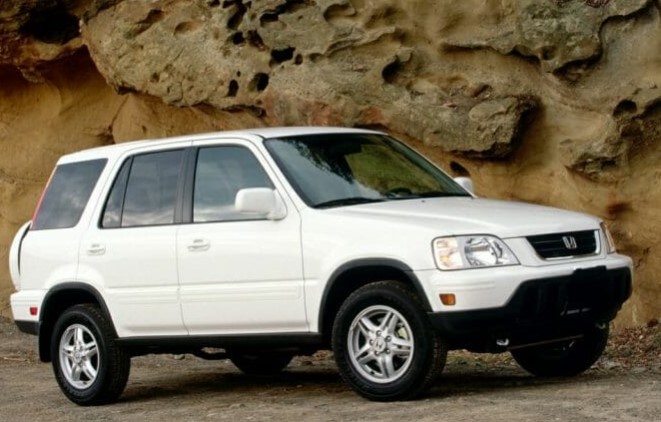The Honda CR-V is a popular SUV known for its reliability and versatility. However, there are certain years of the Honda CR-V that you may want to avoid due to recurring issues. When considering a used Honda CR-V, it’s essential to be aware of the problematic years to make an informed decision. In this guide, we will highlight the years to avoid and provide a list of the most common problems associated with those specific model years.
Years to Avoid:
- 2002: Transmission Failure
- 2007: Air Conditioning System Problems
- 2011: Engine Stalling Issues
- 2015: Vibration During Acceleration
- 2017: Fuel Injection System Malfunctions
Common Problems:
- 2002: Faulty transmission leads to premature failure, resulting in expensive repairs or even complete replacement.
- 2007: Frequent air conditioning system failures, including compressor issues and refrigerant leaks.
- 2011: Engine stalling while driving, posing a safety risk and requiring thorough diagnostics and potential repairs.
- 2015: Pronounced vibration during acceleration, often caused by faulty engine mounts or drivetrain components.
- 2017: Problems with the fuel injection system, leading to engine misfires, poor performance, and reduced fuel efficiency.
By being aware of these problematic years and the associated issues, you can make a more informed decision when purchasing a used Honda CR-V. It’s crucial to thoroughly inspect the vehicle and consider its maintenance history before making a purchase. Regular maintenance and addressing any known issues promptly can help ensure a smoother ownership experience with your Honda CR-V.
2002: Transmission Failure
The 2002 Honda CR-V experienced significant issues with its transmission. Many owners reported premature failure of the transmission, leading to expensive repairs or even complete replacement. This problem was widespread and caused inconvenience and financial burden for many CR-V owners during that year.
2007: Air Conditioning System Problems
In 2007, the Honda CR-V faced recurring problems with its air conditioning system. Owners frequently encountered issues such as compressor failures and refrigerant leaks, resulting in inadequate cooling or a complete breakdown of the system. These air conditioning problems caused discomfort and required costly repairs to restore the functionality of the system.
2011: Engine Stalling Issues
The 2011 Honda CR-V had a notable problem with engine stalling while driving. This issue posed a safety risk as it could lead to sudden loss of power, potentially causing accidents. Diagnosing and fixing this problem often involved thorough inspections and repairs to ensure the engine’s proper operation, providing peace of mind for the vehicle owner.
2015: Vibration During Acceleration
One of the commonly reported issues with the 2015 Honda CR-V was a pronounced vibration during acceleration. This problem resulted in an uncomfortable driving experience and indicated potential faults in engine mounts or drivetrain components. Addressing this vibration typically required inspecting and replacing the faulty parts to eliminate the unsettling sensation.
2017: Fuel Injection System Malfunctions
In 2017, the Honda CR-V had issues related to the fuel injection system. Owners encountered problems such as engine misfires, reduced performance, and decreased fuel efficiency. These malfunctions necessitated proper diagnosis and potential repairs to restore the optimal functioning of the fuel injection system, ensuring smooth and efficient operation of the vehicle.
Important Points to Know
- The Honda CR-V is known for its reliability and versatility, but there are specific years that have had recurring issues.
- It is essential to be aware of the problematic years before purchasing a used Honda CR-V to make an informed decision.
- The troubled years include 2002, 2007, 2011, 2015, and 2017, each with their own set of problems.
- The most common problems associated with these years include transmission failure, air conditioning system problems, engine stalling, vibration during acceleration, and fuel injection system malfunctions.
Final Words
When considering a used Honda CR-V, it is crucial to research and understand the potential issues associated with specific model years. By being aware of the troubled years and the commonly reported problems, you can make a more informed decision and potentially avoid costly repairs down the line. Remember to thoroughly inspect the vehicle, check its maintenance history, and consider consulting with a trusted mechanic before finalizing your purchase. With proper care and attention, the Honda CR-V can still be a reliable and enjoyable SUV for many years to come.

